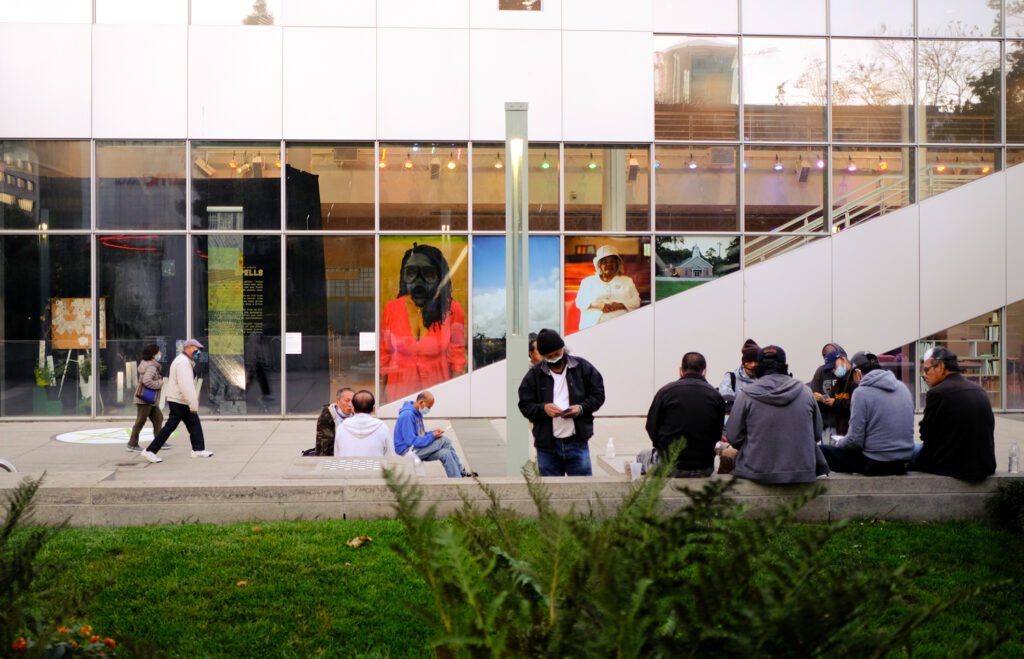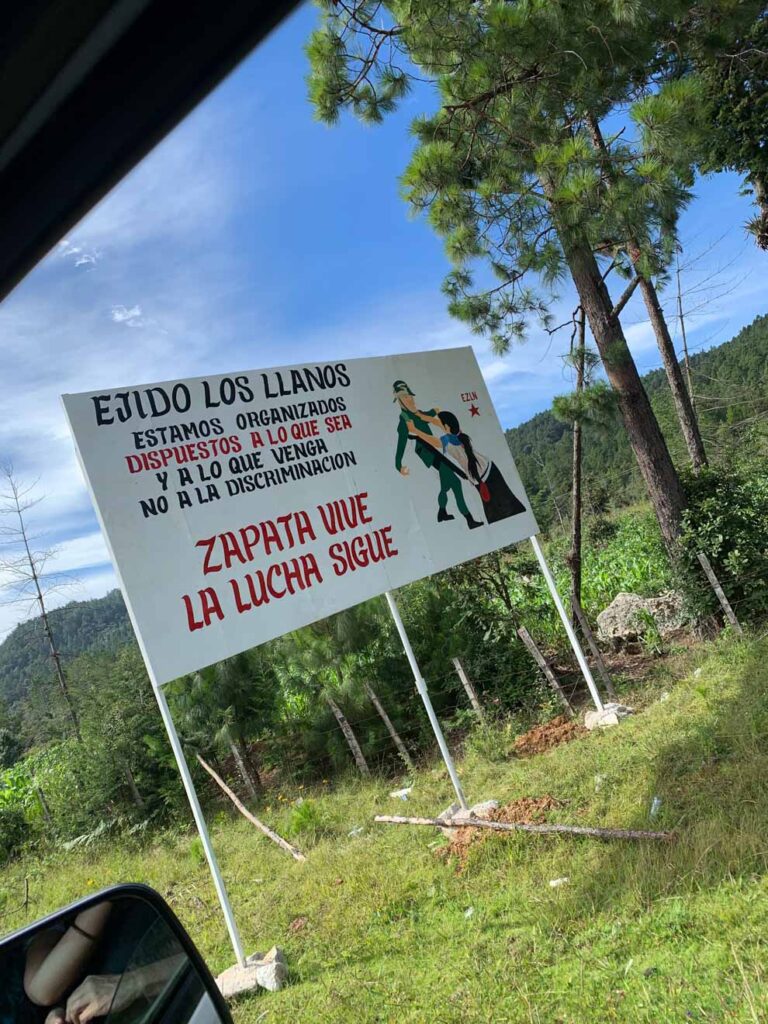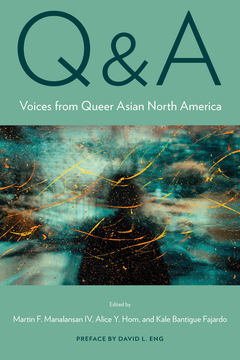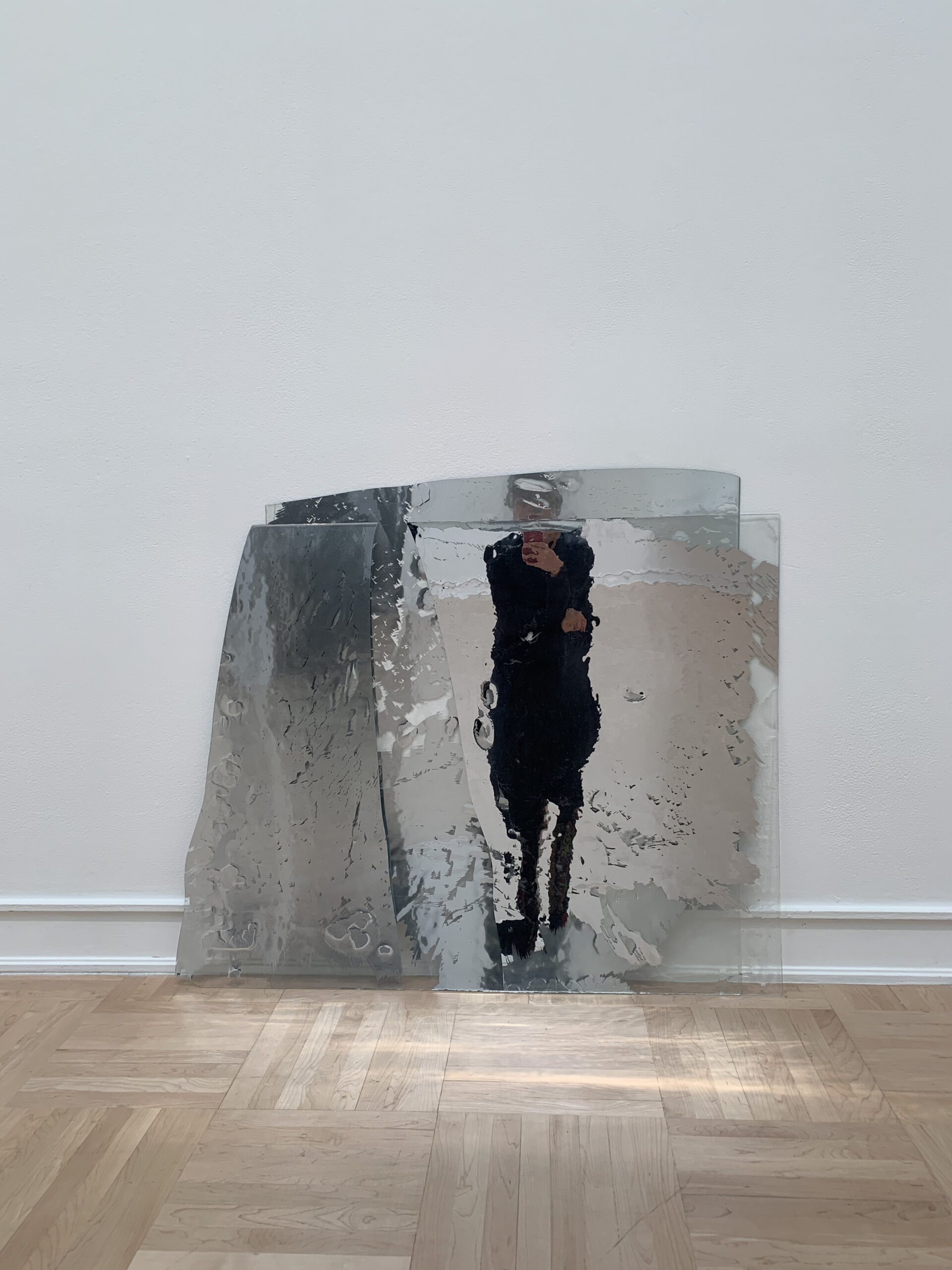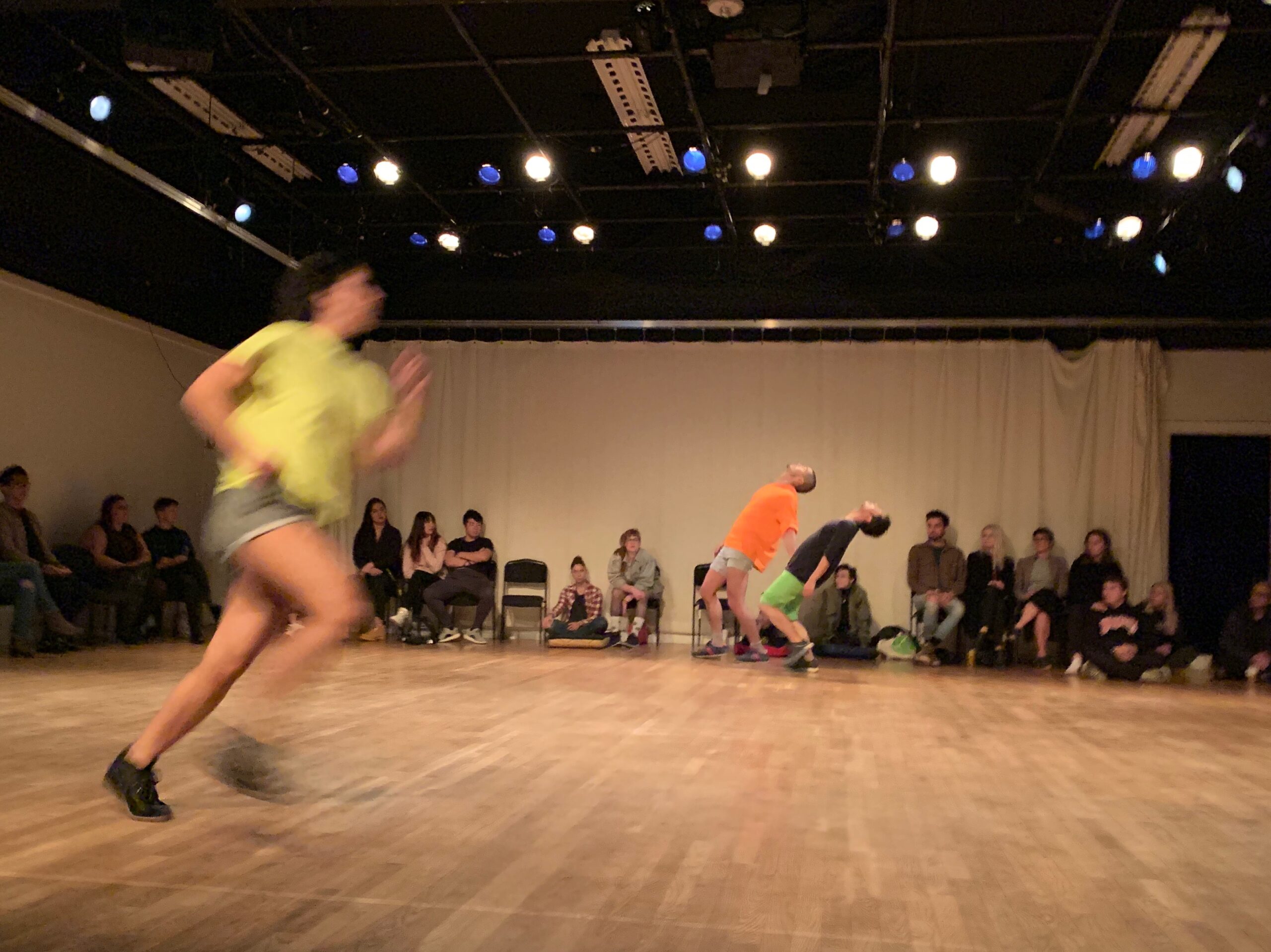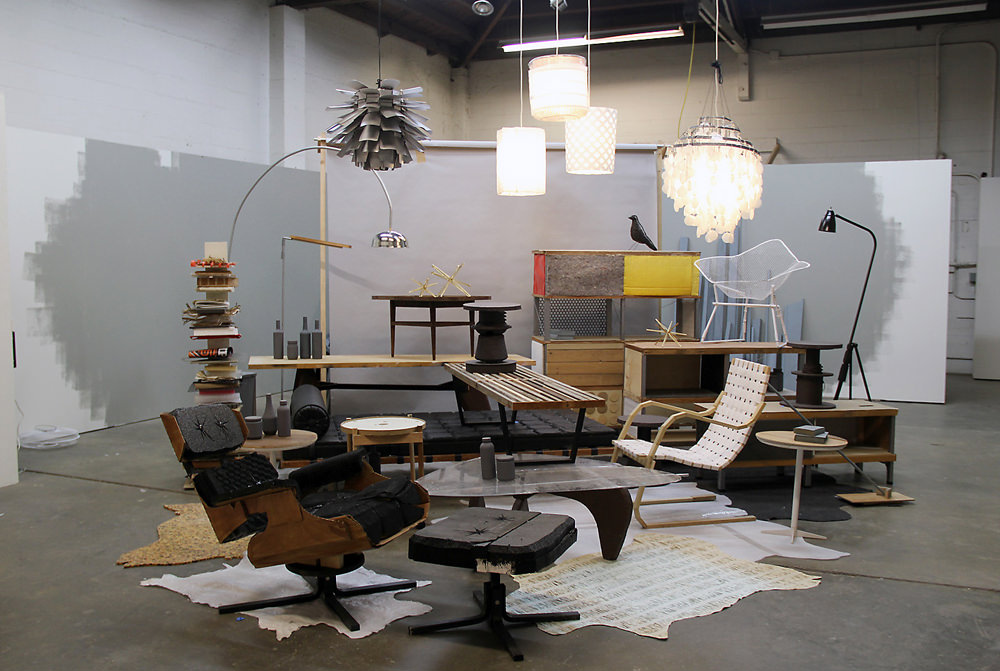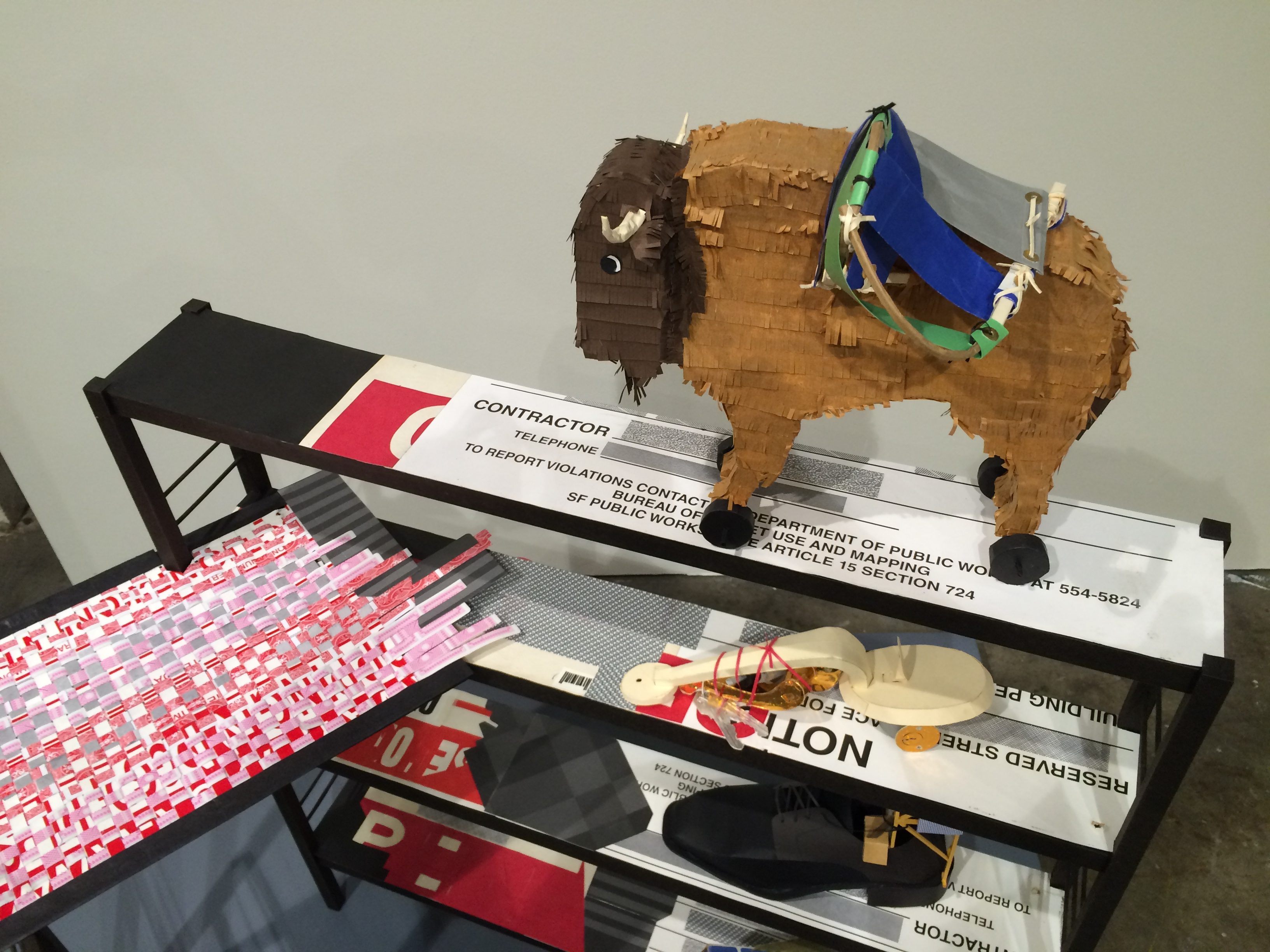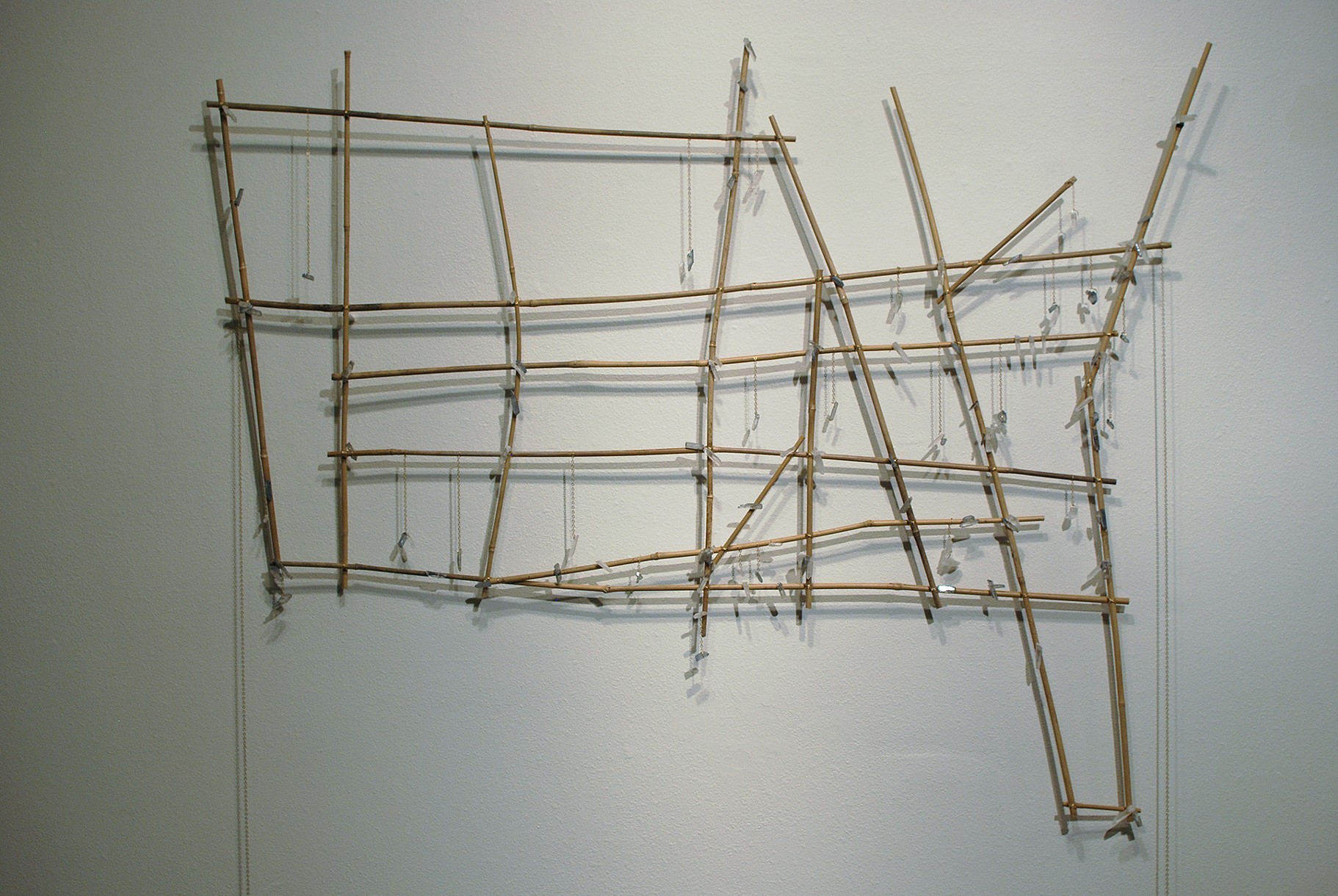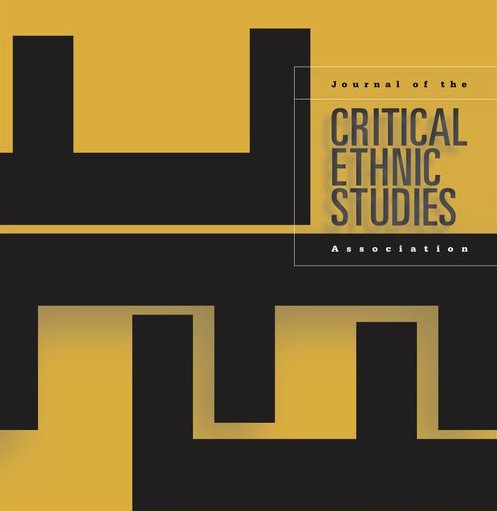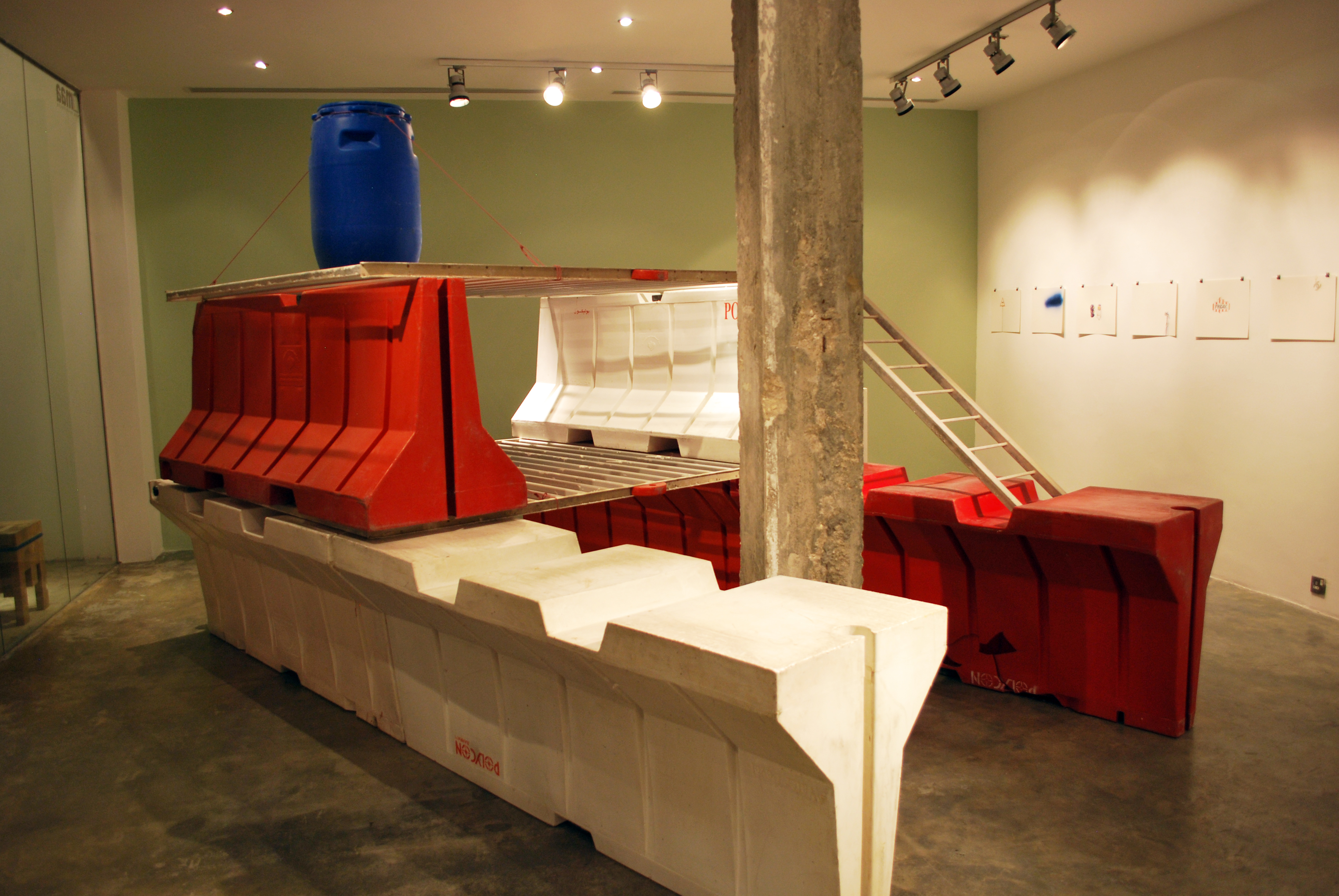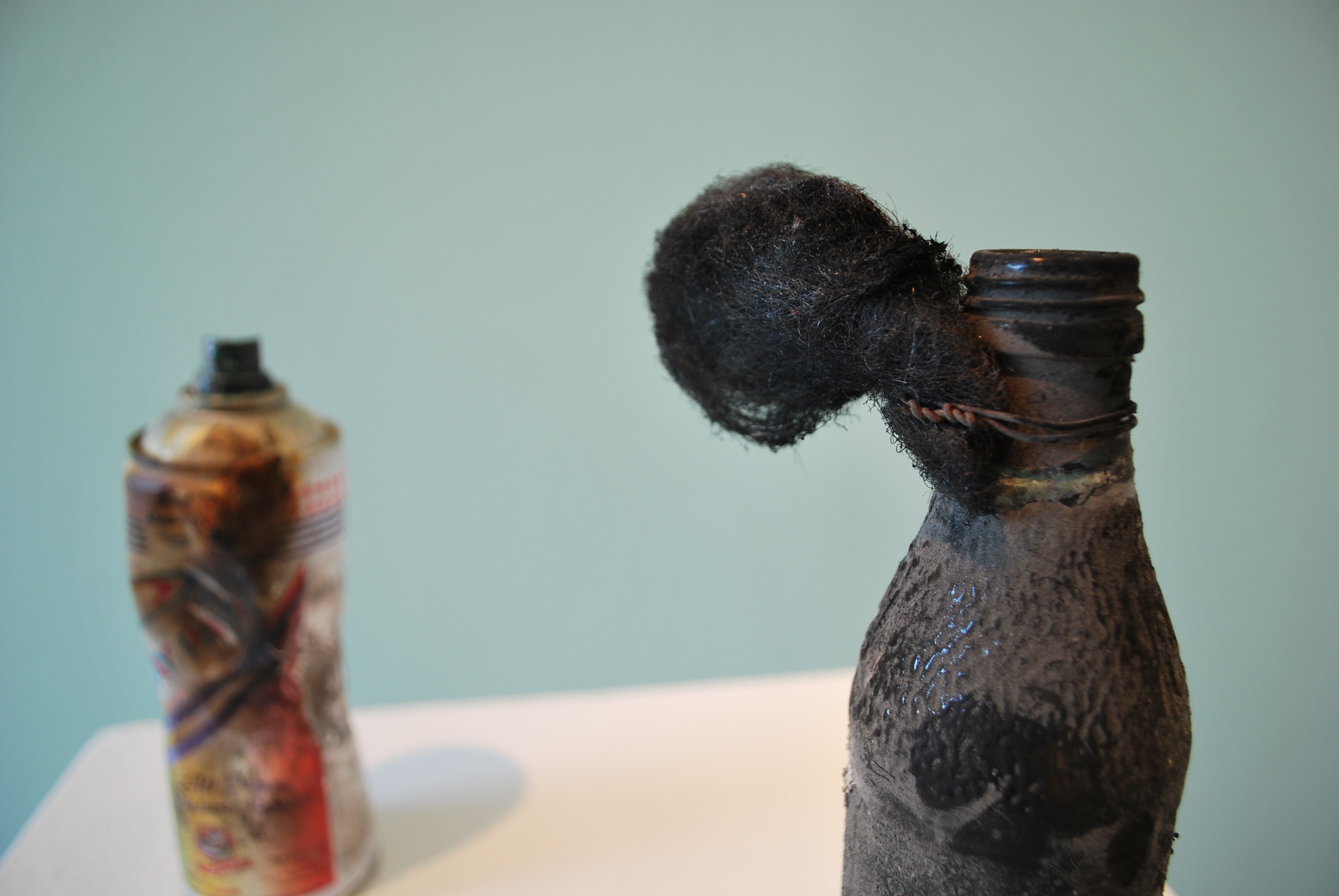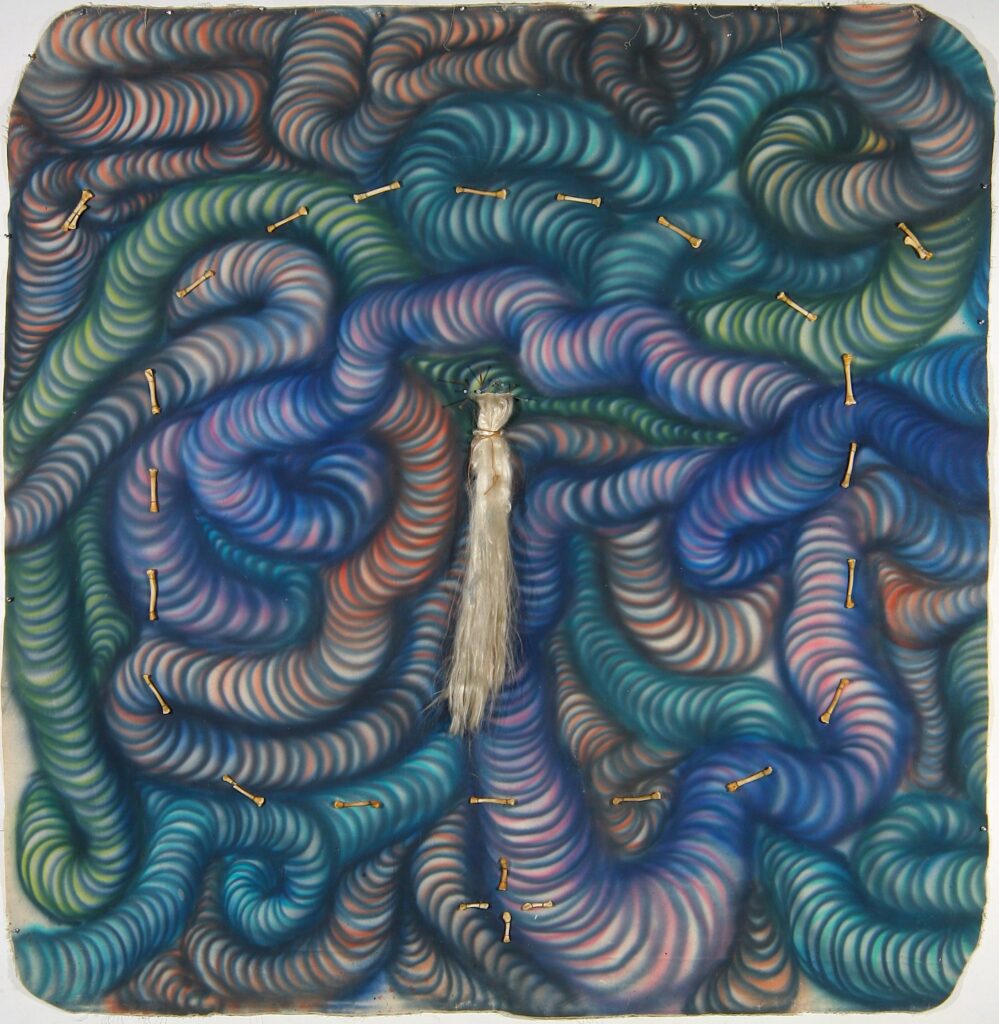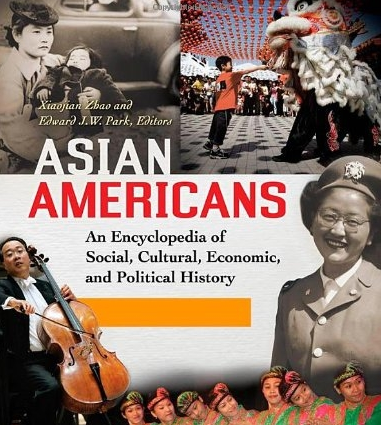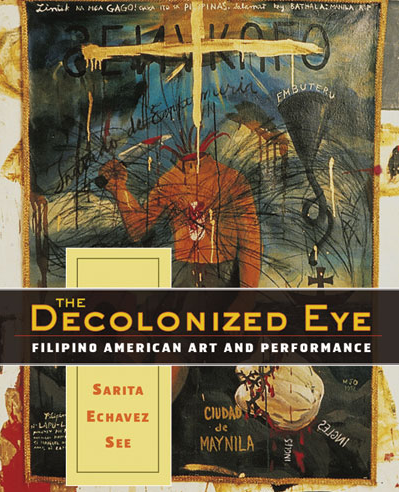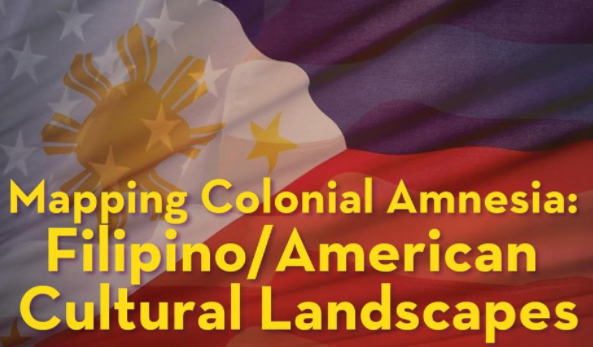“AFTER LIFE (we survive): curation during times of ecological crisis and collapse,” Convergence on Curation as Decolonial Practice. Verge: Studies in Global Asias 8.2 (Fall 2022): 46-64.
This A&Q brings three contemporary Asian American curators- Alexandra Chang, Lawrence-Minh Bùi Davis, and Thea Quiray Tagle- into conversation to discuss how their recent curatorial projects have created interventions in Asian American/Asian diasporic art...Their responses open a discussion on the possibilities and challenges of decolonizing art history and museums through Asian American/Asian diasporic cultural practices. Relationality and worlding were reoccurring themes...As Thea Quiray Tagle writes, "What worlds are we purposefully and inadvertently creating through our curation, our writing, our teaching, and all our practices of being in relation"?
“Asking, We Walk: challenging Zapaturismo in international ‘activist art’ residencies, towards a praxis of radical hope.” Co-written with Lorraine Affourtit, Mirna Boyadjian, Margaretha Haughwout, Beverly Naidus, and Laurencia Strauss. Ethnic Studies Review 44.3 (Fall 2021): 31-48.
Written collectively by six femme and queer scholars and artists, this piece is both a critical reflection and creative intervention into art residencies and Zapaturismo (political tourism) in Chiapas, Mexico. Drawing upon our embodied experiences of moving through the Lacandon jungle as part of a well-intentioned yet colonial-minded arts residency, we ruminate on the ethics, practices, and failures of solidarity between North American feminists, people of color, and queer people with Indigenous communities in Mexico under siege. We ask: what are we really searching for when we seek out the Zapatistas, and why participate in “activist art” residencies staged in the Global South? Each section of the article is a collaboratively written vignette that offers multiple vantage points to analyze our individual and collective experiences at the residency that occurred within and between three places in Chiapas: the city of San Cristobal de las Casas, a rural Zapatista Army of National Liberation (Ejército Zapatista de Liberación Nacional or EZLN) caracol, and at a cooperative on the Tonalá shore. Utilizing personal and poetic reflections along with scholarly and political frames, we summon lessons gleaned that will continue to impact our ongoing work with our respective places and communities. To truly listen to the Zapatistas, we conclude, we must take very seriously their messages to our group given in a moment of crisis, to work from our own locations and to transform our own understanding and ethics of care and collectivity.
“'I Will Always Love You': Queer Filipino Performances of Blackness, Death and Return.” Q+A: Voices from Queer Asian North America. Eds. Kale B. Fajardo, Alice Y. Hom, and Martin F. Manalansan. Philadelphia: Temple University Press, 2021.
Between 2007 and 2012, a rash of viral videos on YouTube emerged from the Philippines: all featured amateur queer, bakla, or trans performers lip-synching and dancing to hits by Michael Jackson, Whitney Houston, and other American pop singers, with a twist. Diverging from the music video or live concert choreography of the originals, the Filipino performers spectacularly transform over the course of the song, from flashy divas into the walking undead. Stranger still, these Filipino goth covers predate the deaths of Houston and Jackson by two years or more, portending these legends’ tragic ends. Haunted by these apparitions years after their first appearance, I ask: why meld Blackness with monstrosity in these queer Filipino performance scenes? What connections remain between ways of living and dying in the Philippines and United States? Finally, what modes of survival amidst and amongst the dead do these seemingly throw-away entertainments help us imagine?
"Becoming Abstract Together: Opacity's Ethical Intervention," American Quarterly 72.4 (2020): 993-1010.
If, as Kandice Chuh writes, aesthetic inquiry 'allows us to specify how corporeality and cognition interact with the bounds of and through the parameters of a specific regime of sensibility,' then I am most interested in how visual artists and performers of color like Carrie Yamaoka and Takahiro Yamamoto use opacity not to become legible subjects or to stage an identity-centric critique but to lead viewers toward a joyful recognition of art's in/capacity at representing the full contradictions and multiplicities of our lives.
“Salvage Acts: Asian/American Artists and the Uncovering of Slow Violence in the San Francisco Bay Area,” ACME: An International Journal for Critical Geographies 18.5 (2019): 1112-1127.
**Awarded the 2020 Best Article in the Humanities by the Filipino Studies Section of the Association for Asian American Studies (AAAS)
This essay excavates geographies of environmental injustice and racial violence in San Francisco, California using the artwork of Asian/American artists Weston Teruya, Michael Arcega, and Stephanie Syjuco made during their residencies at Recology (the city’s privately-owned waste management facility). At Recology’s Artist-In-Residence program, cultural workers salvage materials from the dump, transforming the city’s waste into objects with educational and artistic value. Reading the visual lexicon deployed in, and the conditions of production and circulation of, these assemblages, I trace the wastelanding of communities of color across the Northern California region through processes of incarceration, toxic exposure, displacement, and labor exploitation. These artworks, I argue, assist in uncovering the terrain of slow violence in the region and across scales, or what Rob Nixon has called “landscapes of temporal overspill that elude rhetorical cleanup operations with their sanitary beginnings and endings.”
"Feeling the Manilatown and Fillmore Blues: Al Robles's Politics and Poetics of Place," Critical Ethnic Studies, Vol. 3, No. 2 (Fall 2017), pp. 99-125.
This essay analyzes the radical spatiotemporal critique produced by Al Robles, the late Filipino American artist born and raised in San Francisco's Fillmore District. Robles is remembered as the “poet laureate” of Manilatown's International Hotel struggle, even as he also produced prose and poetry about Black, native, and other Third World peoples who placed their struggles for housing and livelihood in deep relation to that of Filipino Americans in the Bay Area. Through critical geography-inflected close readings of Robles's poem “Fillmore Black Ghetto” and his poems on Manilatown's elderly manongs, I argue that Robles draws upon and produces a blues epistemology that constitutes Filipino American subjectivity relationally not only to whiteness, but also to blackness and to Filipino indigeneity in the “homeland.” This Filipino American blues aesthetic transvalues the lives of the city's black and brown workers; it illuminates how the continuing presence of Filipino Americans and African Americans in the Bay Area serves as witness to the survivance of these communities in the face of multiple waves of “urban renewal” schemes initiated by the city. Finally, Al Robles's blues map not only past histories of Filipino American and black socialities, but also gesture toward alternative futurities that place Filipino Americans in solidarity with African Americans and other communities of color. His work provides timely lessons for ongoing antigentrification and housing rights movements, as the second dot-com boom in San Francisco continues to violently displace poor communities of color in the name of progress.
"Silent Shouts: Michael Arcega's Code-Switching," Asian Diasporic Visual Cultures and the Americas 3.1-2 (2017): 199-203.
Michael Arcega’s Code-Switching (2013)—a solo exhibition staged at the Al Riwak Art Space in Adliya, Bahrain—resituates the artist’s interests in trans-oceanic voyages and linguistic wordplay to the Middle East, a geographic region rapidly displacing the United States as the primary receiving zone for migrant labor from the Philippines, India, and other Southeast Asian nations. As is Arcega’s style, Code-Switching avoids making didactic commentary on the sociopolitical Bahraini landscape, smartly so given the nation’s cozy relationship to the militarized Saudi regime that rapidly quelled the people’s resistance in the Arab Spring of 2011. The show’s seemingly disparate works, instead, lets the materials speak, each object carrying the weight of the labor conditions and transit routes that brought it into this place. Largely absent of figurative representation, Code-Switching gives evidence of lives exploited through the objects they have made and through the objects that comprise their daily lives.
"After the I-Hotel: Material, Cultural, and Affective Geographies of Filipino San Francisco." PhD Dissertation, Department of Ethnic Studies, University of California- San Diego, 2015.
This dissertation traces the cultural and economic trajectories of Filipino migration to, settlement in, and displacement from the San Francisco Bay Area from the 1960s through the present moment as represented in the work of local poets, visual artists, and performers. After the I-Hotel argues that the shifting representations of urban and suburban space over this time period not only reveal the structural forces behind the displacement of old and new Filipino migrants in the Bay Area, but also- and more importantly- are themselves productive of theories of Filipino/American subjectivity, spatiality, and aesthetics rooted in values alternative to the logics of settler colonialism and speculative capitalism which structure the contemporary social-economic milieu. The two halves of the dissertation center different cultural forms (poetry in the first half and site-specific installations and performances in second half) in order to trace the shifts in representational strategies used by artists over this time period, partly as response to the changing geographic borders of Filipino/American life in the region and as reflective of the variegated political orientations and lived experiences of feminist and queer Filipino/Americans. The cultural workers profiled in the dissertation, while divergent in their individual artistic practice, evidence a shared commitment to the politics of place. Their works are both spatially and temporally expansive, and extend the genealogy and the geographic borders of Filipino America to include subjects, neighborhoods, suburbs, and regions understood as beyond the material and metaphorical borders of the Philippine diasporic experience. From the poetry of Al Robles and Barbara Jane Reyes to the performances of Carlos Villa, Gigi Otálvaro-Hormillosa, and the Mail Order Brides, Filipino/American artists make material the grounds of the Filipino Bay Area, and in doing so, also redefine the terms of Filipino/American "art," "community" and "politics" itself. Reading the decolonial spatial aesthetics of these works, this dissertation concludes, can help us imagine new modes of contesting labor exploitation, physical displacement, and violence committed on multiple scales-from the most intimate scale of the individual body to the scale of the national body of Filipino peoples living in the United States.
Book review of The Decolonized Eye: Filipino American Art and Performance, by Sarita Echavez See. The Middle Ground Journal of World History, Issue 6, Spring 2013.
"Theoretically and methodologically, See’s project is innovative for its incorporation of multiple interdisciplinary frameworks including museum studies, performance studies, Filipino psychology, psychoanalysis, feminist and queer theory, and critical race studies. Significantly, See’s close readings show how Filipino American visual cultural productions and performances not only subvert imperialist discourses about the native Filipino, but also reveal the limits of the dominant Western theoretical paradigms used to analyze cultural productions themselves."
Audio for "Blues Narratives & Indigenous Imaginaries: On a Critical Filipino/American Poetics of Place," for Mapping Colonial Amnesia: Filipino/American Cultural Landscapes, October 18, 2012.
This invited presentation was prepared for UC Berkeley's Center for Race & Gender, and was delivered on October 18, 2012. For more information about CRG's Thursday Forums, visit the CRG website.
Forthcoming
- “Manongs, Picket Fences, and Martial Law: Barbara Jane Reyes’s ‘Placemarkers’ and the Remapping of Filipino America.” Undercurrents. Mariam Lam and Chuong-Dai Vo, Eds. Brill Publishers. Forthcoming.
